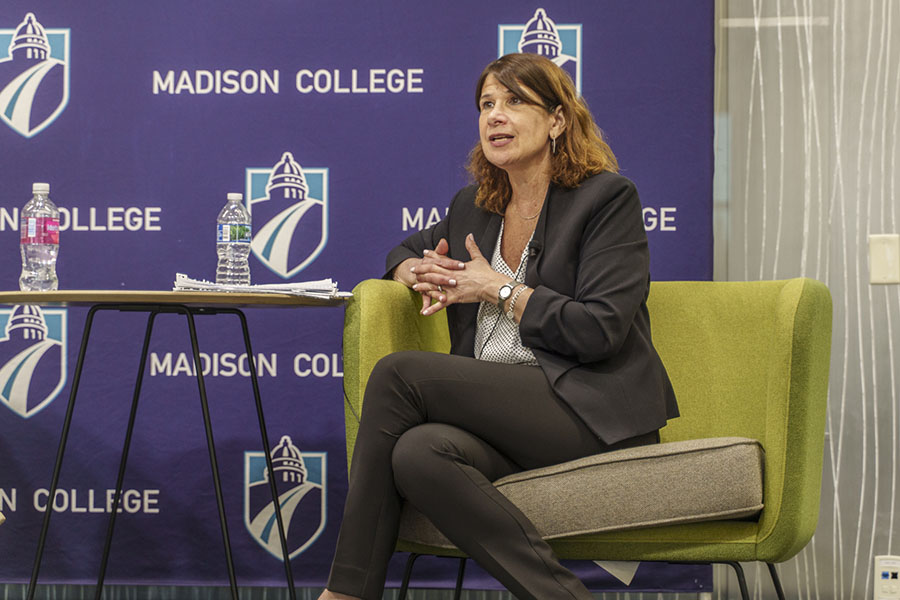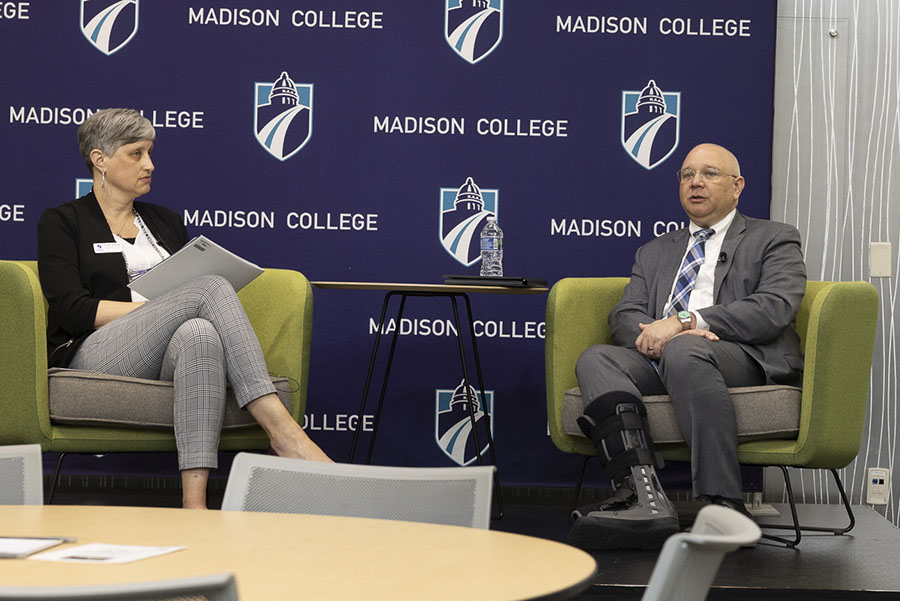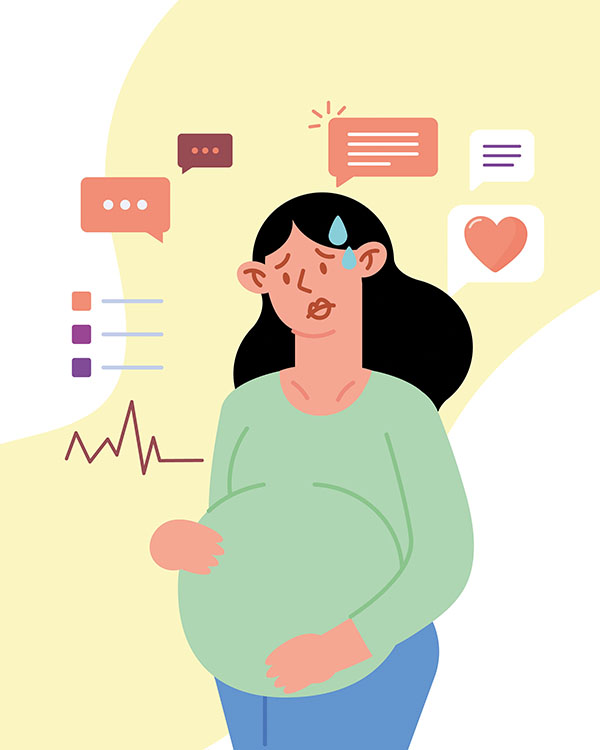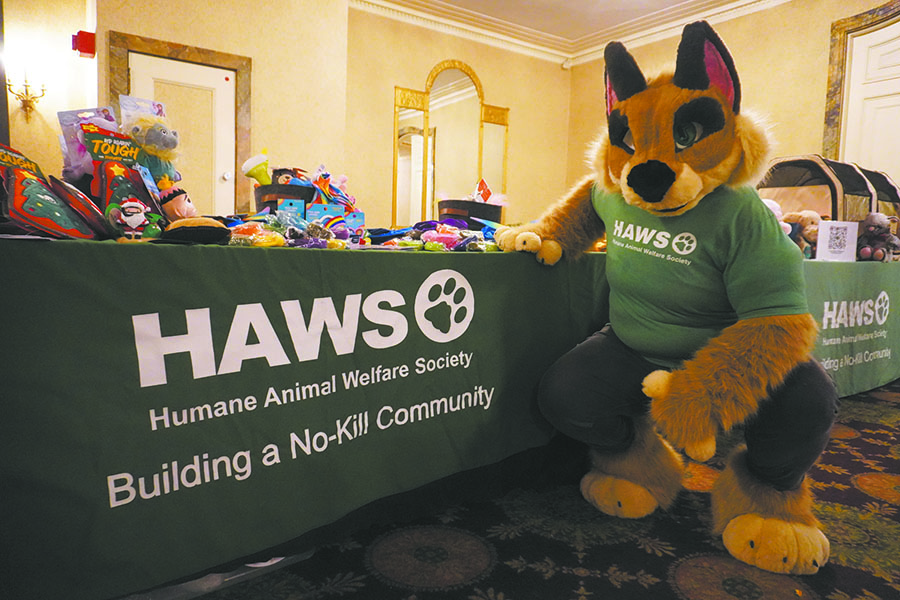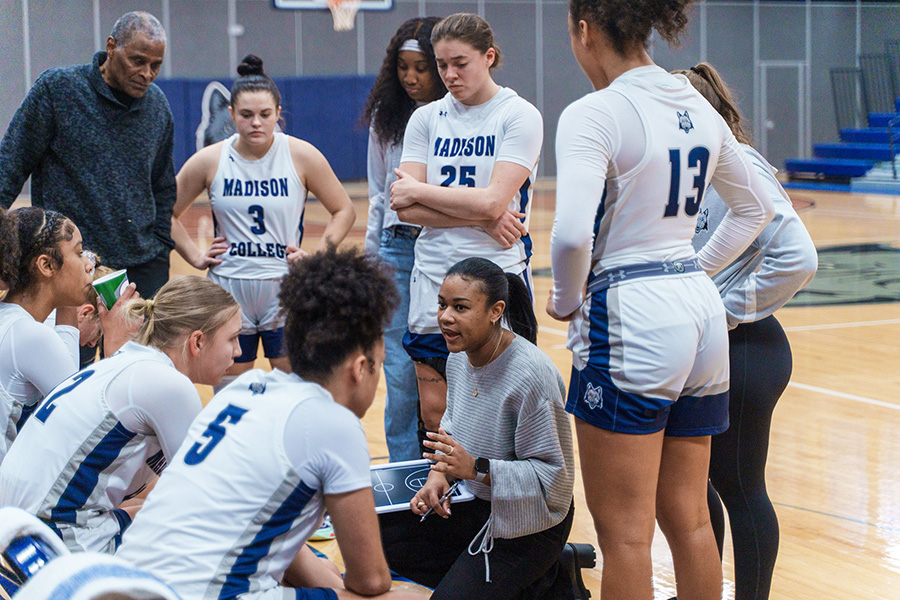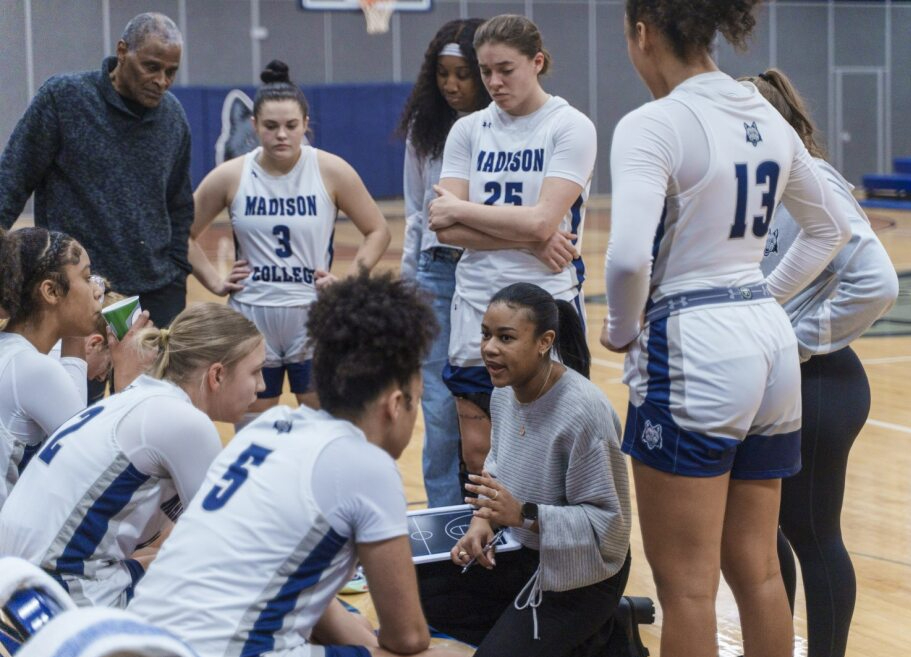In the summer of 2020, at 43, I was pregnant with my second child. I had a toolbox of experiences from my previous pregnancy, preparing to be a better mother and partner. I counted my blessings.
I downloaded a pregnancy app, joined some social media groups, found midwife influencers, maternity fashionistas, and pelvic floor therapists. Along the way, I found moms documenting their “geriatric” pregnancies (an often tongue in cheek term but stinging nonetheless).
I connected with these moms, beginning our journey together. As hormones shifted, what had started out as curiosity, support and positivity morphed into a sleeping giant.
Suddenly, my body became something to compare.
On my feed, I saw women with coordinated maternity photos, perfect bellies and postpartum selfies flaunting flat stomachs. I wasn’t just comparing how I looked – I was questioning how I felt.
Social media was never designed for women like me – youth-centered and heavily filtered online platforms. However, for middle-aged women entering motherhood, they’re both a lifeline and a landmine. We turn to social media for information and community support but all too often, we find curated illusions that undermine our confidence.
I saw the ever-present message “if you’re not young and skinny you are doing something wrong. There’s a passive pressure to be a hip mom-fit stylish and unbothered by the true realities of fussy babies, sleepless nights and hormone changes. Recovery takes longer, especially at the age of 43. My energy is drained and far from what it was in my 20s and 30s let alone being a new mom. The toll of juggling the responsibilities of newborn nurturing and managing the normal but daily challenges of work and family was overwhelming. It was much more challenging than the simple life reflected online.
I started sharing too – photos, updates and daily glimpses into my life. When the likes rolled in, I felt a little rush – temporary relief that I was doing okay and validation that I was still relevant. It’s embarrassing to admit, but I really craved that validation. For a woman who’d grown up analog and entered motherhood decades after her peers, those likes felt like reassurance.
However, that high doesn’t last. Did I overshare? Was that photo too ugly? Are people thinking negatively of me? It becomes this quiet loop of performing authenticity while chasing approval. And for someone already stretched thin, it’s exhausting.
Moms and influencers have every right to share their joy, but the algorithm favors a particular kind of joy-pictures that perform well and are aesthetically pleasing. Honest posts of challenges seldom go viral. Even though middle-aged motherhood is a growing demographic, our stories are invisible in the digital motherhood narrative.
Invisibility is something a middle-aged woman recognize and are conditioned to understand that we have faded from a starring role. Social media values beauty and youth, so we feel unwelcome and unneeded.
However, social media can be powerful, especially when we tell the real, messy, and truth. While I began sharing my own experiences of chaos I noticed a shift. Other woman began to share their experiences, and I connected with those that felt the same challenges and insecurities.
Connection? That is the real potential of social media.
There needs to be more of it: more moms, more middle-aged woman and those that represent both.
We need more stories without apologies, more honest conversations, and acknowledgement of who we are, and where we are in that moment. We need more celebration of being strong and resilient rather than filtered and curated optics.
This is my invitation to all you out in social media – not just those like me – we need to be real and honest. Life isn’t a cookie cutter. It isn’t a one-size shape or always “Instagrammable.” It is full of love, beauty, and celebrations but also full of difficulties and tears over spilled milk. Whatever it is – it’s real life. And in real life in its unfiltered glory is more than enough and … you are too.
Social media and body image
Angela Colvin, Contributor
April 8, 2025
Story continues below advertisement

